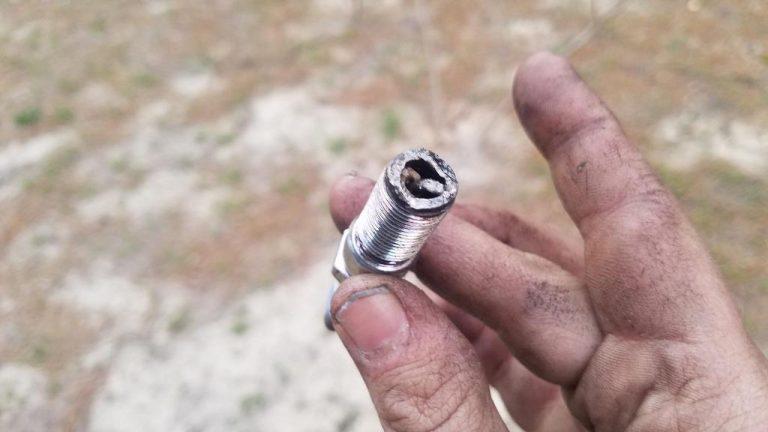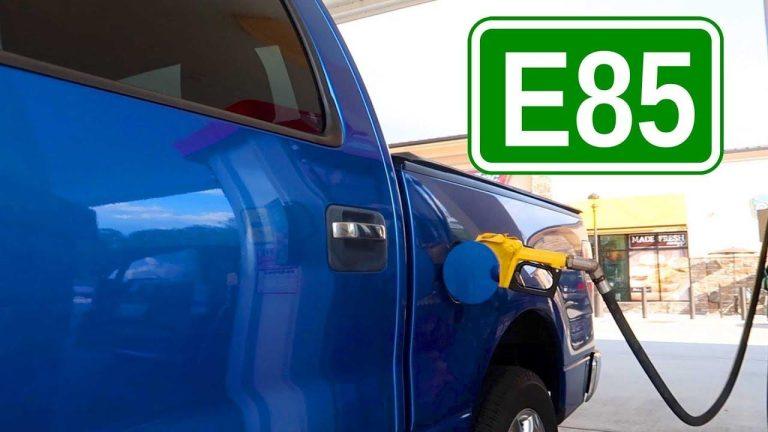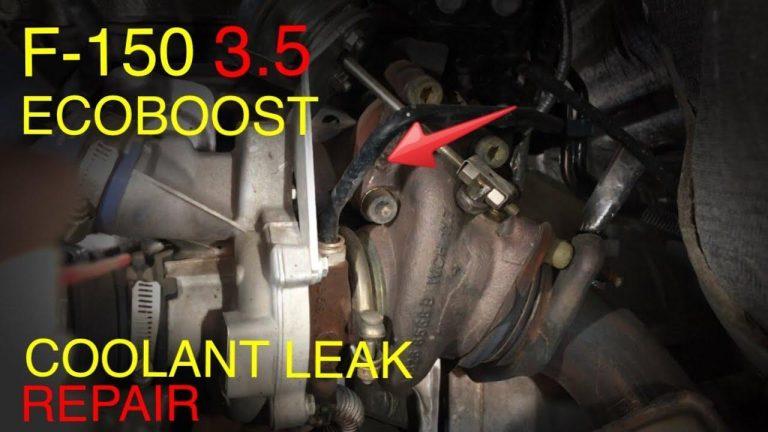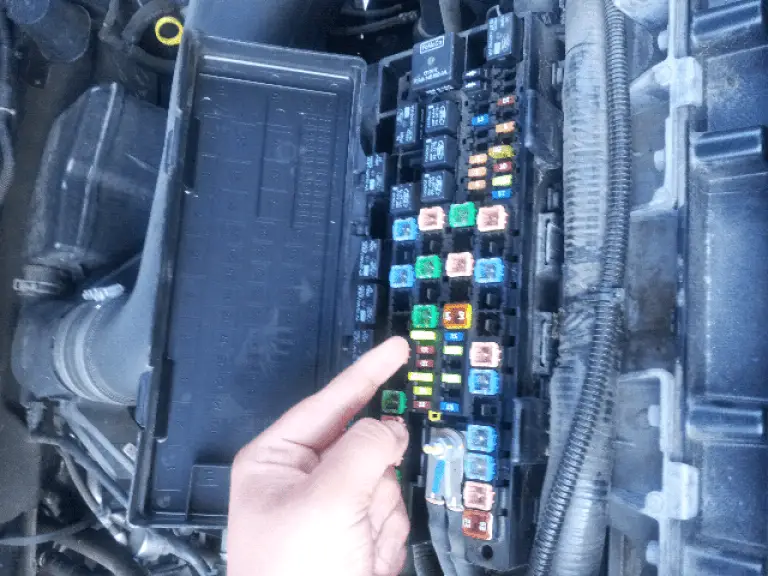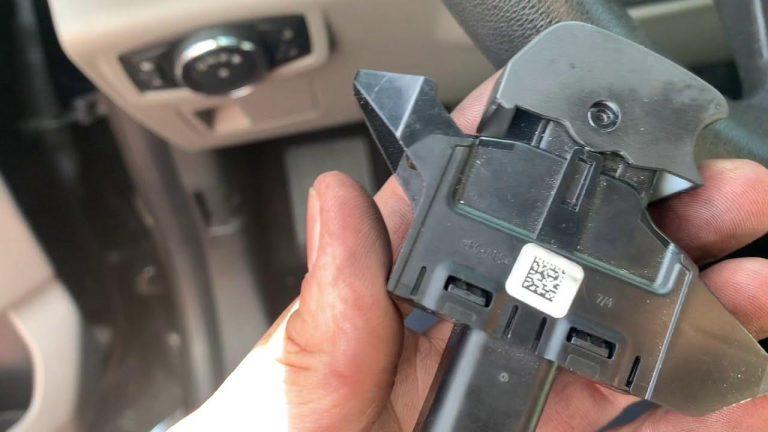6.7 Powerstroke Years to Avoid: Crucial Insights for Buyers
Avoid the 2011 and 2012 model years of the 6.7 Powerstroke. These years had significant mechanical issues.
The 6. 7 Powerstroke engine, introduced by Ford in 2011, marked a significant advancement in diesel technology. Despite its innovative design, the initial model years encountered reliability problems. Owners reported issues like turbocharger failures, EGR cooler malfunctions, and fuel system defects.
These problems led to costly repairs and diminished trust in these early models. Ford addressed many of these issues in later versions, making post-2013 models more reliable. Understanding which years to avoid can save potential buyers from significant headaches. Always research thoroughly and consider professional inspections before purchasing a used vehicle. This knowledge ensures a better ownership experience and long-term satisfaction.
Introduction To 6.7 Powerstroke
The 6.7 Powerstroke engine is a popular choice among truck enthusiasts. Known for its strength and reliability, this engine powers many heavy-duty trucks. In this section, we will explore the history and popularity of this engine.
Brief History
The 6.7 Powerstroke engine first appeared in 2011. Ford designed it to replace the older 6.4L engine. The goal was to create a more powerful and efficient engine. It quickly gained attention for its strong performance and innovative design.
Over the years, Ford has made several improvements to the 6.7 Powerstroke. Each new model year brought enhancements in power and efficiency. Despite some issues in certain years, the engine has remained a favorite among truck owners.
Popularity Among Truck Owners
Truck owners love the 6.7 Powerstroke for several reasons. First, its high torque makes it perfect for towing and hauling. Second, it offers impressive fuel efficiency for a heavy-duty engine. Finally, the engine’s reliability means fewer breakdowns and repairs.
Many truck owners also appreciate the engine’s advanced technology. Features like turbocharging and advanced fuel injection improve performance. These innovations help the 6.7 Powerstroke stand out in the market.
Below is a table highlighting key features of the 6.7 Powerstroke:
| Feature | Description |
|---|---|
| High Torque | Excellent for towing and hauling heavy loads |
| Fuel Efficiency | Offers better miles per gallon for a heavy-duty engine |
| Reliability | Fewer breakdowns and lower repair costs |
| Advanced Technology | Includes turbocharging and advanced fuel injection |

Credit: www.ford-trucks.com
Common Issues
Owning a 6.7 Powerstroke can be a great experience, but certain years have common issues that can cause headaches for owners. Knowing these issues can help you make informed decisions.
Engine Problems
The 6.7 Powerstroke has had its share of engine problems. These issues can be costly and time-consuming to fix.
- Turbocharger Failures: The turbocharger can fail, leading to performance issues.
- Fuel System Issues: Problems with the fuel injectors and pump can occur.
- Exhaust Gas Recirculation (EGR) Failures: The EGR system can clog, affecting engine efficiency.
Transmission Failures
Transmission failures are another common issue in certain 6.7 Powerstroke years. These problems can be frustrating and expensive to repair.
- Torque Converter Problems: The torque converter can fail, causing shifting issues.
- Valve Body Issues: Problems with the valve body can lead to erratic shifting.
- Transmission Overheating: Overheating can cause severe damage to the transmission.
Years To Avoid
When it comes to owning a truck, reliability is key. The 6.7 Powerstroke engine, known for its power and performance, has some years you should avoid. Let’s delve into the specific years that have caused trouble for many truck owners.
Early Models
The first models of the 6.7 Powerstroke, introduced in 2011, faced some challenges. These early versions had issues that affected engine performance and durability. Common problems included:
- Turbocharger failures
- Radiator leaks
- Exhaust gas temperature sensor malfunctions
The 2011 models, in particular, were prone to these problems. Owners often faced costly repairs and frequent maintenance.
Specific Problematic Years
| Year | Common Issues |
|---|---|
| 2011 | Turbocharger failures, radiator leaks, EGT sensor issues |
| 2012 | Fuel system contamination, DEF heater problems |
| 2013 | High-pressure fuel pump failures, injector issues |
2012 and 2013 models also had their share of problems. The 2012 models suffered from fuel system contamination, which led to costly repairs. The DEF heater issues were another common problem during this year.
The 2013 models experienced high-pressure fuel pump failures. This often resulted in engine stalling or power loss. Injector issues were also prevalent in these models.
When choosing a 6.7 Powerstroke truck, avoiding these specific years can save you time and money. Make an informed decision to ensure your truck’s reliability and longevity.
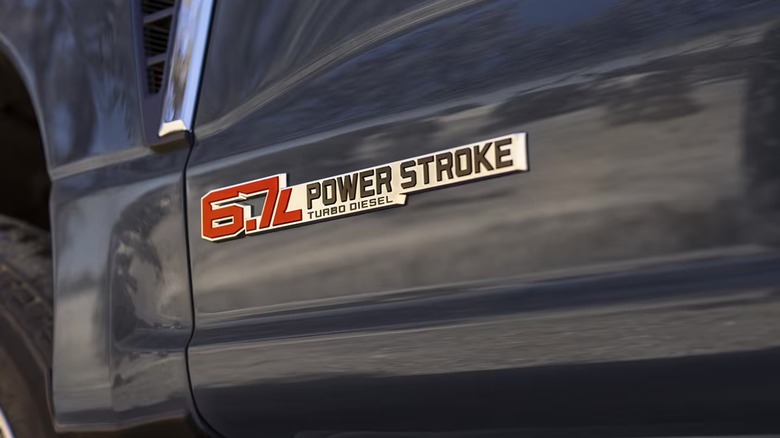
Credit: www.slashgear.com
Factors Leading To Problems
Understanding the factors leading to problems in certain 6.7 Powerstroke years can help potential buyers avoid costly repairs. These issues often arise from design flaws and manufacturing errors, impacting the engine’s performance and longevity.
Design Flaws
Some 6.7 Powerstroke models suffer from specific design flaws. These flaws can severely impact engine performance.
- Turbocharger issues: Some models have poorly designed turbochargers. This can lead to frequent failures.
- Fuel system problems: Certain years have defective fuel injectors. These injectors often cause engine misfires.
- Cooling system deficiencies: Inadequate cooling systems can lead to overheating. This overheating can cause engine damage.
Manufacturing Errors
Manufacturing errors can also contribute to problems in specific 6.7 Powerstroke years. These errors usually result in substandard engine parts.
- Poor quality control: Some years experienced lax quality control. This led to defective parts slipping through.
- Faulty assembly: Incorrect assembly processes caused misalignment in engine components. Misaligned parts can reduce efficiency.
- Material defects: Some engines used subpar materials. This caused components to wear out faster.
Below is a table summarizing the key issues:
| Issue Type | Description |
|---|---|
| Turbocharger | Poor design causing frequent failures |
| Fuel System | Defective injectors leading to misfires |
| Cooling System | Inadequate design causing overheating |
| Quality Control | Lax practices allowing defective parts |
| Assembly | Incorrect processes causing misalignment |
| Materials | Subpar materials causing faster wear |
Being aware of these design flaws and manufacturing errors can guide you in making an informed decision.
Impact On Performance
The 6.7 Powerstroke engine has had its share of ups and downs. Some years, the engine performs exceptionally well. Other years, it struggles with various issues. Understanding the impact on performance helps in making an informed decision.
Fuel Efficiency
Fuel efficiency is crucial for long drives and saving money. Certain years of the 6.7 Powerstroke engine have poor fuel efficiency. Owners report getting fewer miles per gallon.
| Year | Miles per Gallon (MPG) |
|---|---|
| 2011 | 12 MPG |
| 2013 | 14 MPG |
These years show a significant drop in fuel efficiency. The engines consume more fuel, leading to higher costs.
Towing Capacity
Towing capacity is another critical factor. Some 6.7 Powerstroke years have issues with towing heavy loads. Owners face difficulties pulling trailers and boats.
| Year | Towing Capacity |
|---|---|
| 2012 | 10,000 lbs |
| 2015 | 9,500 lbs |
The reduced towing capacity can be a big problem. It limits the utility of the truck for heavy-duty tasks.
Overall, identifying these years to avoid can save you from performance issues. Make sure to check these factors before buying a used 6.7 Powerstroke.

Credit: prosourcediesel.com
Maintenance Costs
Owning a 6.7 Powerstroke can be costly. Maintenance costs vary by year. Let’s explore the common repairs and long-term expenses.
Common Repairs
Some 6.7 Powerstroke years need frequent repairs. These repairs can be expensive.
- Fuel System Issues: Problems with the fuel system can cost $1,000 to $3,000.
- Turbocharger Failures: Replacing a turbocharger can cost around $2,000.
- EGR Cooler Problems: Fixing EGR issues can cost up to $1,500.
- Oil Leaks: Repairing oil leaks can range from $500 to $1,500.
Long-term Expenses
Long-term expenses can add up quickly. Regular maintenance is essential.
| Expense Type | Estimated Cost |
|---|---|
| Oil Changes | $100 per change |
| Brake Replacements | $300 – $700 |
| Tire Replacements | $600 – $1,200 |
| Transmission Service | $200 – $500 |
These costs highlight the importance of choosing the right 6.7 Powerstroke year. Avoiding years with high maintenance issues can save money.
Buyer Tips
Purchasing a used 6.7 Powerstroke can be a great investment. However, you need to know the right years to avoid. This guide will help you make an informed decision.
What To Look For
Before buying, inspect the truck thoroughly. Here are some key points to consider:
- Engine Performance: Make sure the engine runs smoothly without unusual noises.
- Service History: Check if the vehicle has been regularly maintained.
- Mileage: Higher mileage can indicate more wear and tear.
- Emissions System: Ensure the emissions system is functioning properly.
- Transmission: Test the transmission for smooth gear changes.
Questions To Ask
When speaking with the seller, ask the right questions. This will help you avoid problematic years.
- Has the truck had any major repairs? Knowing this can reveal potential future issues.
- What is the service history? Regular maintenance is crucial for long-term reliability.
- Are there any recalls? Check if the vehicle has unresolved recalls.
- Has the engine or transmission been replaced? Replacements can indicate past problems.
- How often was the oil changed? Frequent oil changes are essential for engine health.
By focusing on these buyer tips, you can avoid problematic 6.7 Powerstroke years. Make sure to do your homework and ask the right questions.
Alternatives To Consider
When dealing with 6.7 Powerstroke years to avoid, you may seek alternatives. Here, we explore some reliable models and compare them to help you make an informed decision.
Other Reliable Models
Consider these models known for their reliability and performance:
- Duramax 6.6L – Known for its durability and power.
- Cummins 6.7L – Offers excellent torque and longevity.
- Ford 7.3L Powerstroke – A classic choice with a strong reputation.
Comparative Analysis
Let’s compare these alternatives based on key factors:
| Model | Durability | Power | Fuel Efficiency |
|---|---|---|---|
| Duramax 6.6L | High | Excellent | Good |
| Cummins 6.7L | Very High | Superb | Moderate |
| Ford 7.3L Powerstroke | Legendary | Strong | Average |
Choosing the right model ensures better performance and fewer issues. Always consider durability, power, and fuel efficiency when making your decision.
Frequently Asked Questions
What Year 6.7 Has A Bad Turbo?
The 2011 6. 7 Powerstroke is known for having turbo issues. Many owners reported failures and costly repairs.
What Power Stroke To Stay Away From?
Avoid the 6. 0L Power Stroke diesel engine. It has a reputation for reliability issues, including head gasket failures.
What Is The Most Common Problem With The 6.7 Power Stroke?
The most common problem with the 6. 7 Power Stroke is turbocharger failure. It often results from soot buildup.
What Is The Life Expectancy Of A 6.7 Powerstroke Engine?
A 6. 7 Powerstroke engine typically lasts between 200,000 to 300,000 miles with proper maintenance. Regular servicing extends its lifespan.
Conclusion
Avoiding certain 6. 7 Powerstroke years can save you from costly repairs and headaches. Always research and stay informed. Reliable models will enhance your driving experience. Choosing wisely ensures long-term satisfaction and peace of mind. Make smart decisions to enjoy the benefits of a dependable vehicle.


